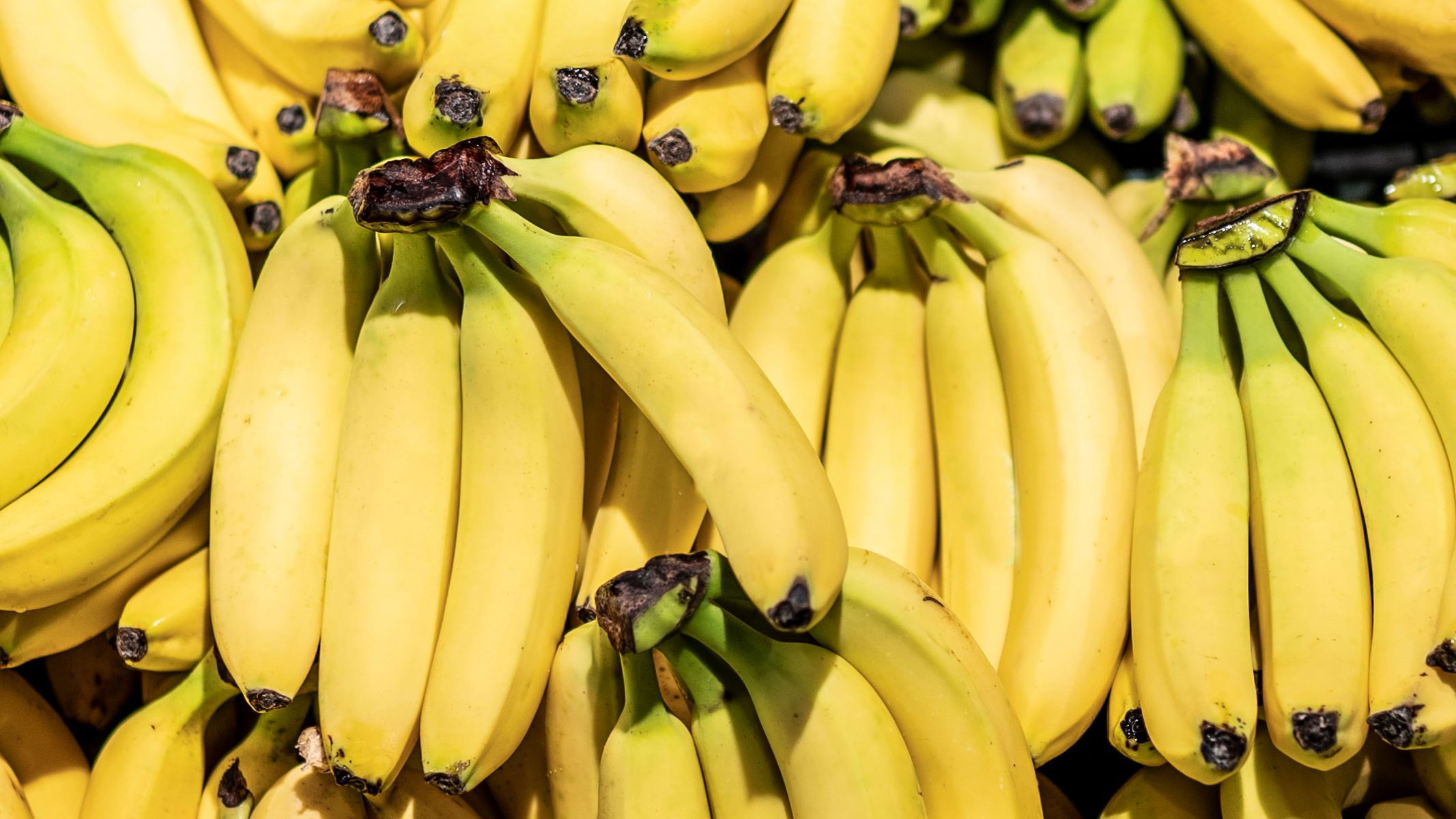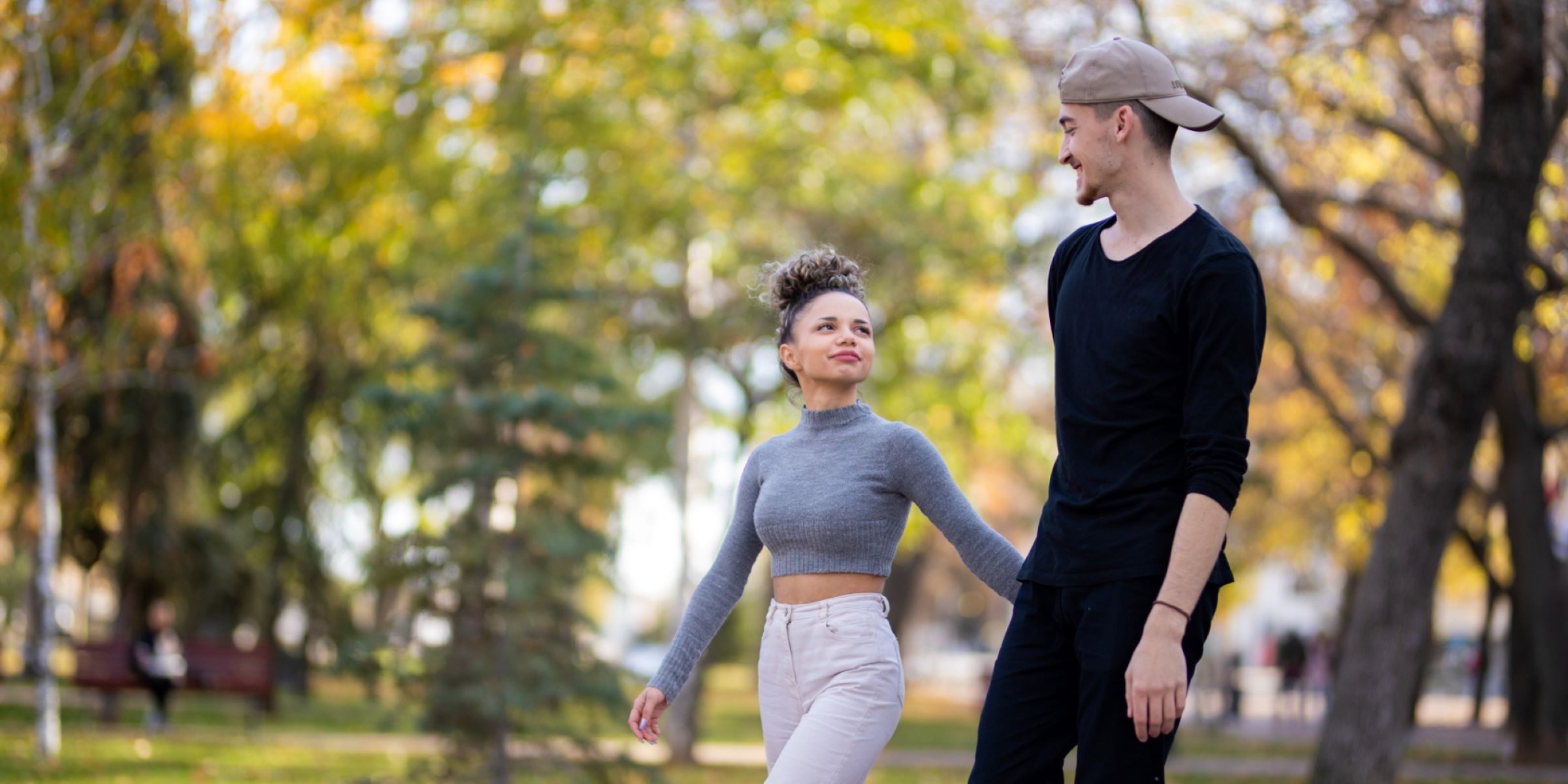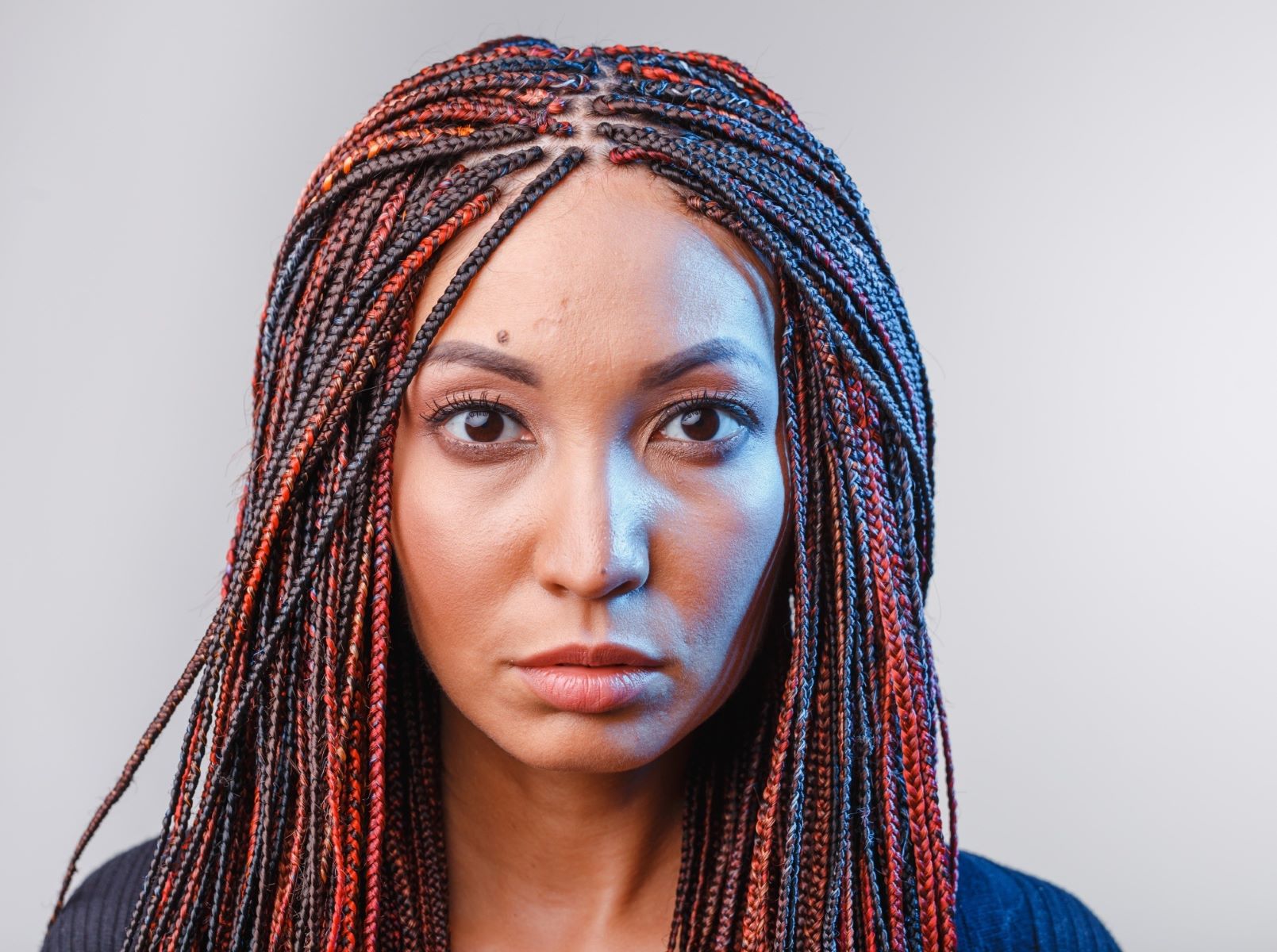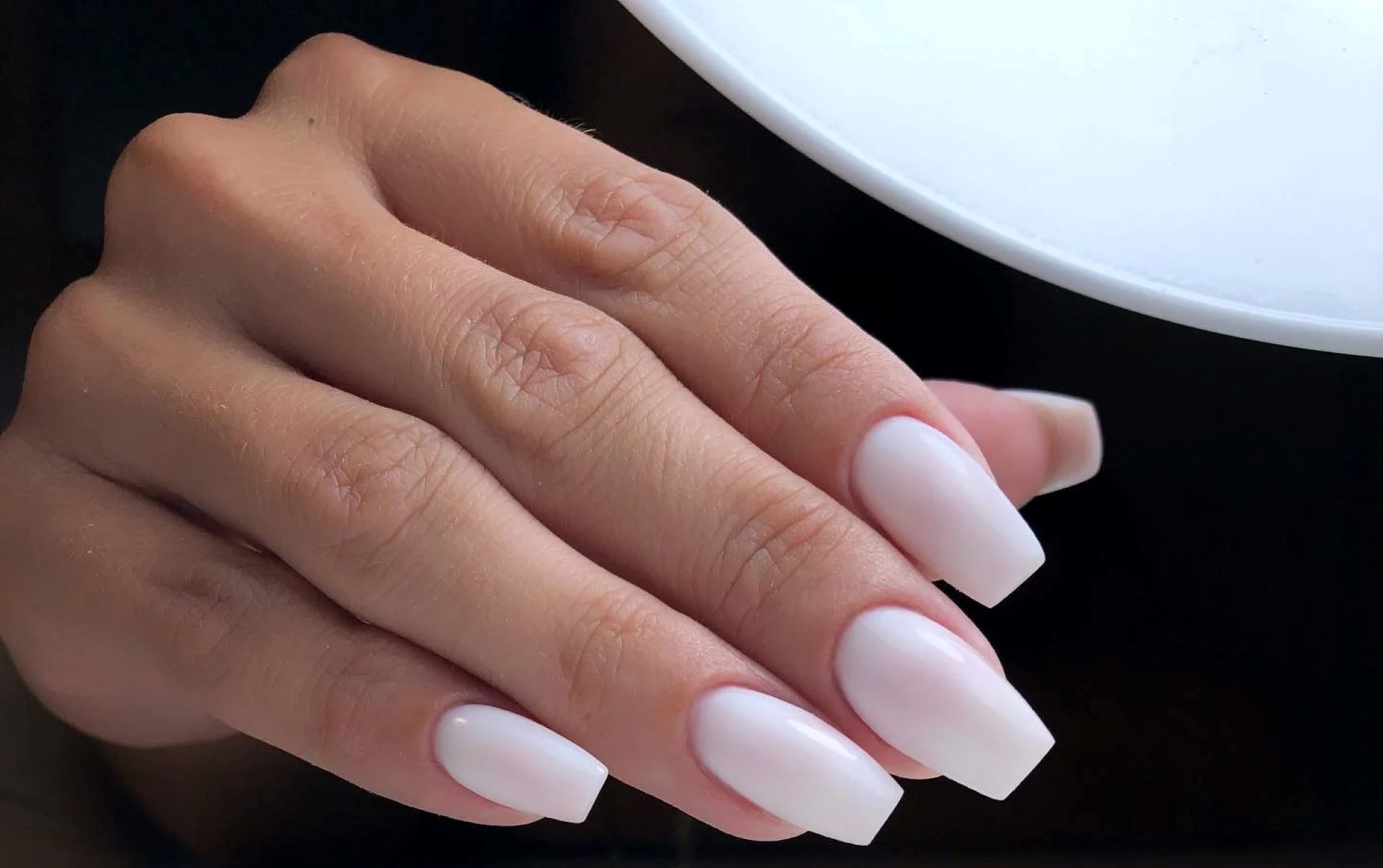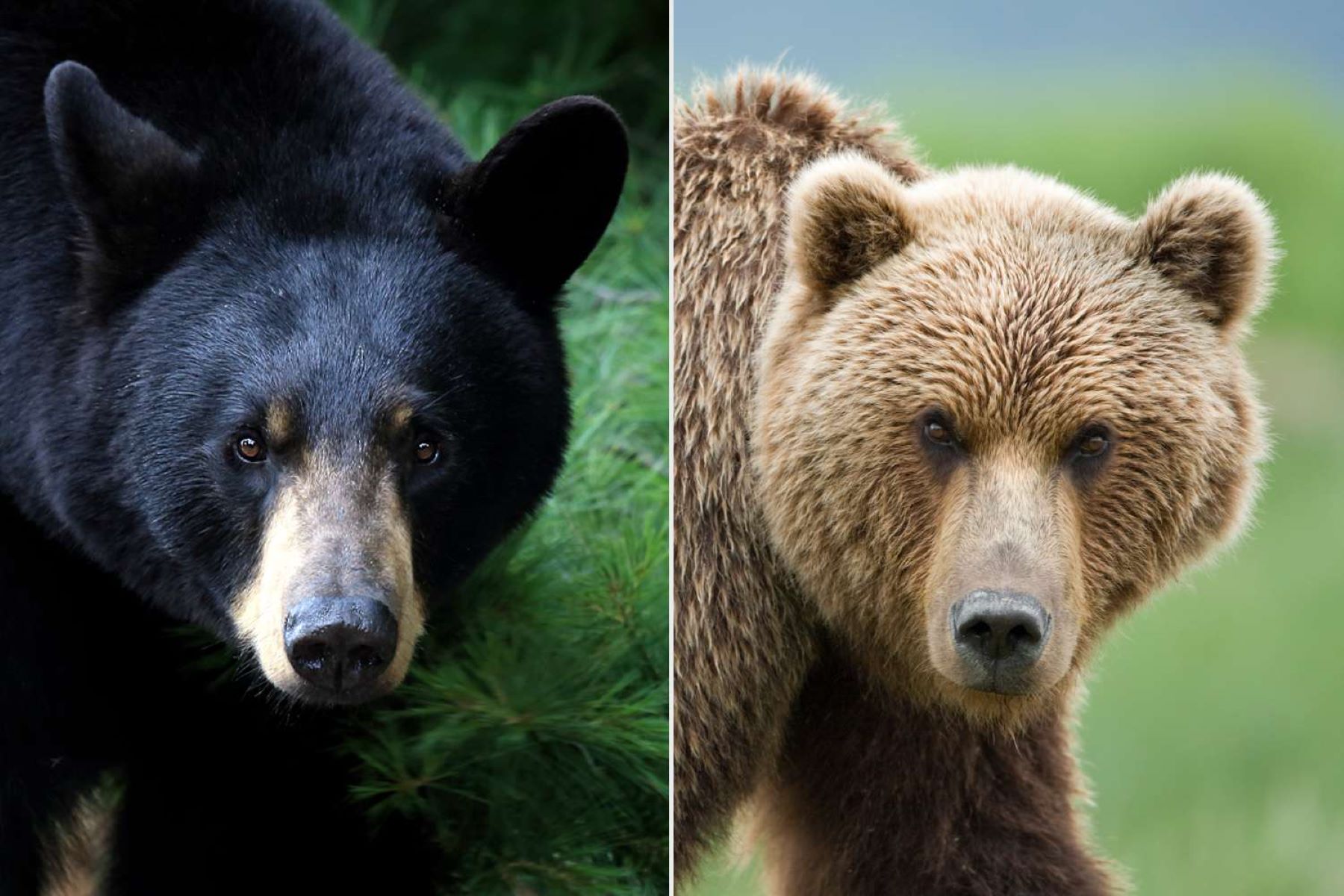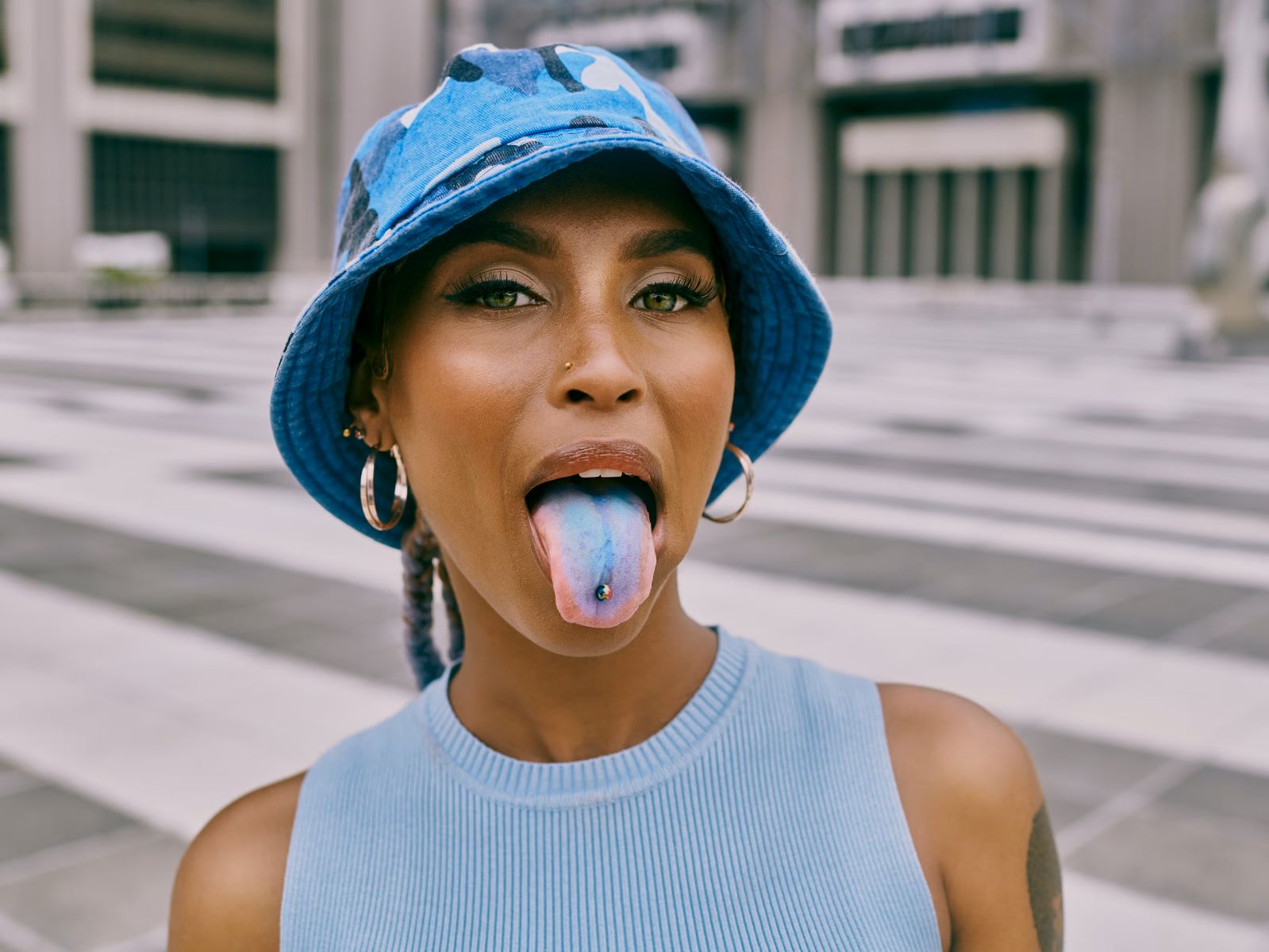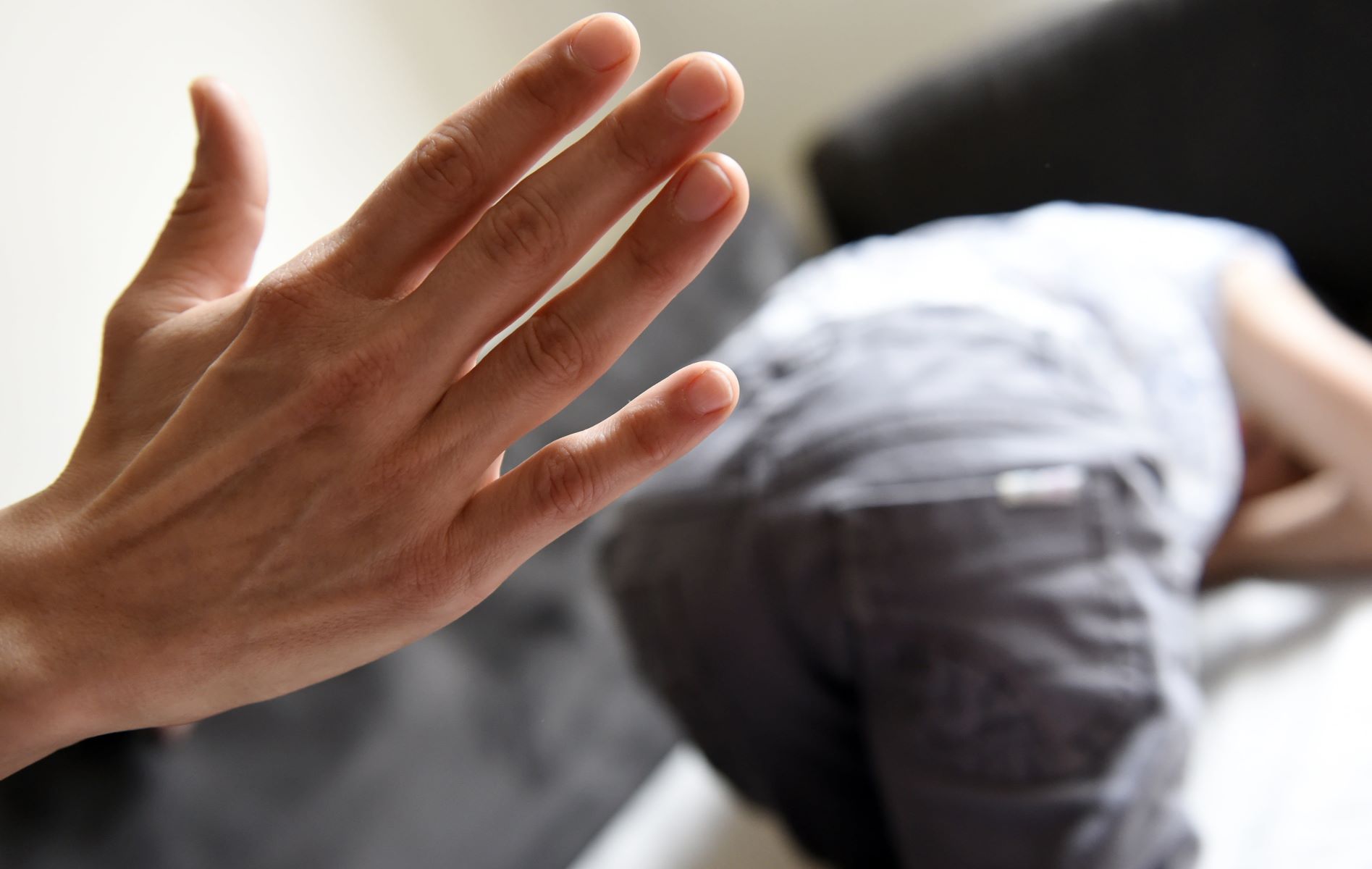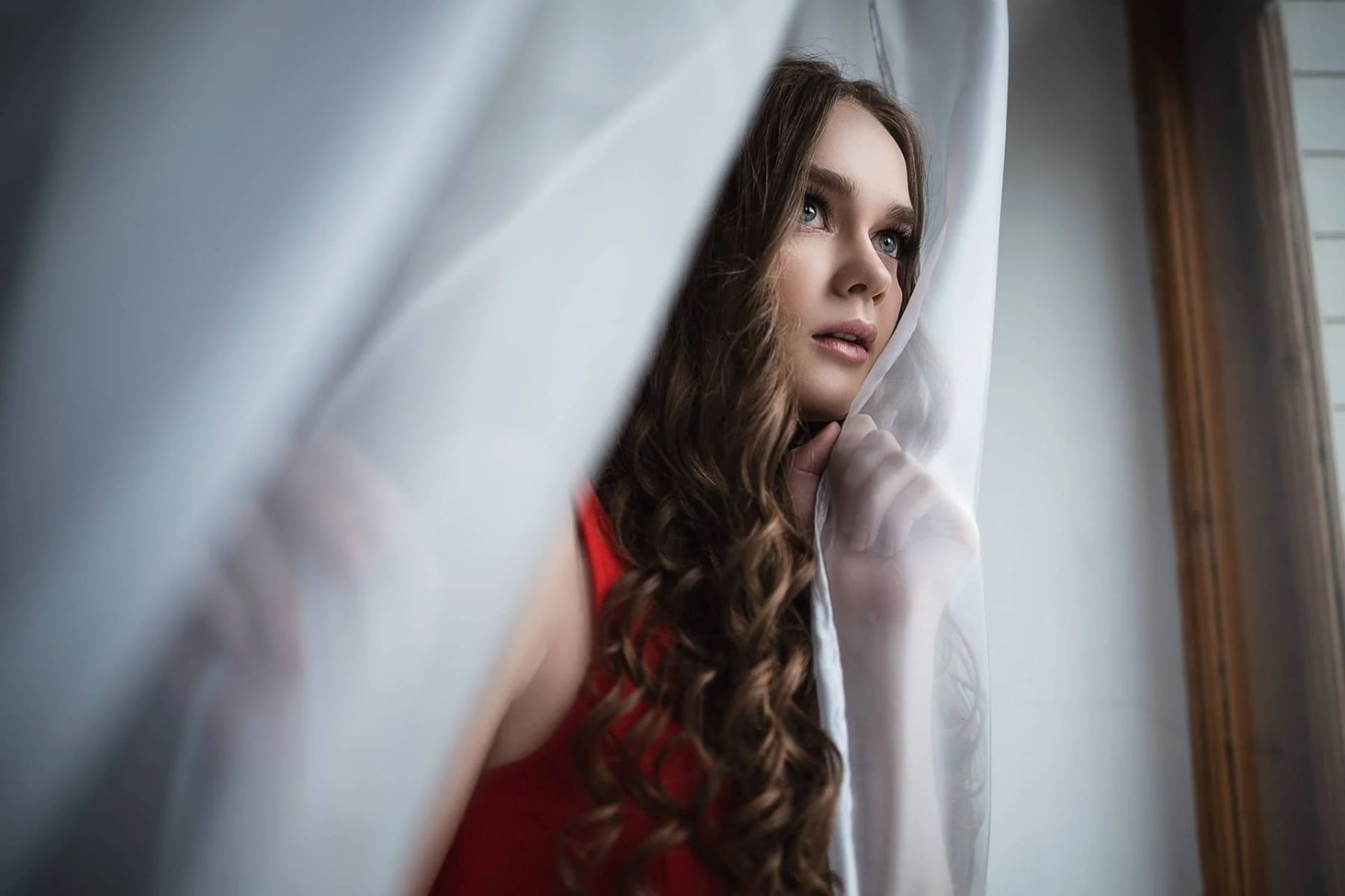Home>Opinion and Editorial>The Surprising Truth: Why Light-Skinned And Mixed Black Girls Are Considered More Attractive In The Black Community
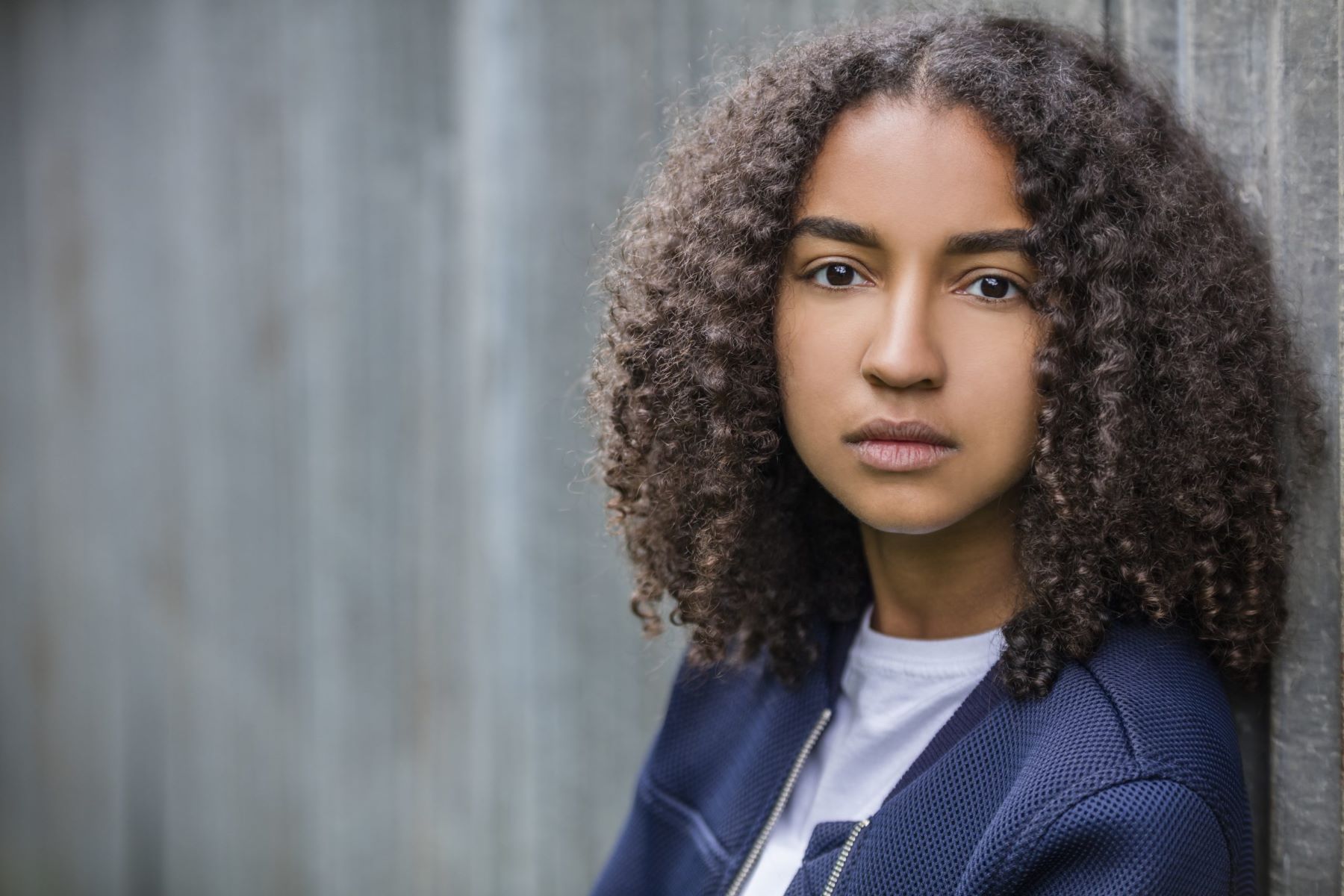

Opinion and Editorial
The Surprising Truth: Why Light-Skinned And Mixed Black Girls Are Considered More Attractive In The Black Community
Published: February 11, 2024
Discover the complex perceptions of beauty in the Black community and the surprising reasons behind the preference for light-skinned and mixed Black girls. An insightful opinion and editorial piece shedding light on this sensitive issue.
(Many of the links in this article redirect to a specific reviewed product. Your purchase of these products through affiliate links helps to generate commission for Regretless.com, at no extra cost. Learn more)
Table of Contents
Introduction
The perception of beauty is deeply ingrained in human societies, often influenced by cultural, historical, and societal factors. In the Black community, discussions about beauty standards have been ongoing for decades, with a particular focus on the societal preference for light-skinned and mixed Black girls. This phenomenon has raised significant debates and concerns about colorism, self-esteem, and the impact of media portrayal on beauty ideals within the community.
The perception of beauty within the Black community has been a complex and sensitive topic, often intertwined with historical and cultural contexts. From the era of slavery to the present day, the idea of beauty has been influenced by Eurocentric standards, perpetuating the notion that lighter skin is more desirable. This historical context has had a lasting impact on the perception of beauty within the Black community, contributing to the prevalent preference for light-skinned and mixed Black girls.
Moreover, media representation has played a pivotal role in shaping beauty standards within the Black community. Mainstream media often highlights individuals with lighter skin tones, perpetuating the belief that this particular complexion is more attractive. This portrayal has not only influenced societal preferences but has also contributed to the internalization of these beauty standards among members of the Black community.
The issue of colorism, which refers to discrimination based on skin color, intersects with the beauty standards prevalent in the Black community. This phenomenon has led to the prioritization of light-skinned and mixed Black girls in various aspects, including the entertainment industry, fashion, and even interpersonal relationships. The pervasive influence of colorism has created a hierarchical structure of beauty, where individuals with lighter skin are often regarded as more attractive and desirable.
The impact of these beauty standards on the self-esteem and mental well-being of darker-skinned individuals within the Black community cannot be overlooked. The perpetuation of these standards has led to feelings of inadequacy, low self-worth, and internalized racism among those who do not fit the conventional beauty ideals. This has significant implications for the psychological and emotional well-being of individuals who feel marginalized due to their skin tone.
In this article, we will delve into the historical context, media influence, and the implications of colorism on beauty standards within the Black community. By examining these factors, we can gain a deeper understanding of the complexities surrounding the perception of beauty and its impact on individuals' self-image and societal dynamics.
Historical Context
The historical roots of beauty standards within the Black community can be traced back to the era of slavery and colonization. During this dark period in history, the European colonization of Africa and the transatlantic slave trade had a profound impact on the perception of beauty. The enslavement of Africans by European colonizers not only resulted in the brutal exploitation of labor but also deeply entrenched Eurocentric beauty ideals within the African diaspora.
Lighter skin tones were often associated with privilege and perceived as more desirable due to their proximity to whiteness, which was linked to power and social status. This preference for lighter skin was perpetuated by the slave owners, who often favored individuals with lighter complexions, leading to a hierarchical system based on skin color within the enslaved population.
Furthermore, the colonial legacy of colorism continued to influence beauty standards within the Black community long after the abolition of slavery. The pervasive influence of European beauty ideals, coupled with systemic racism, resulted in the marginalization of individuals with darker skin tones. This historical context created a lasting impact on the perception of beauty, contributing to the preference for light-skinned individuals within the Black community.
The concept of "good hair" also emerged as a result of this historical context, with straighter hair textures being favored over kinky or coily hair. This preference for Eurocentric hair textures further perpetuated the Eurocentric beauty standards, creating a dichotomy between "acceptable" and "undesirable" features within the Black community.
The legacy of historical trauma and systemic oppression has continued to shape beauty standards within the Black community, perpetuating the preference for light-skinned and mixed Black individuals. This historical context provides a crucial foundation for understanding the complexities surrounding beauty ideals and the pervasive influence of Eurocentric standards on the perception of beauty within the Black community.
By acknowledging this historical context, we can begin to unravel the deep-seated roots of colorism and its impact on beauty standards, paving the way for critical discussions and efforts to challenge and redefine conventional beauty ideals within the Black community.
Media Influence
Media representation plays a pivotal role in shaping beauty standards within the Black community. From television shows and films to advertising and social media, the portrayal of individuals with lighter skin tones has been pervasive, contributing to the perpetuation of Eurocentric beauty ideals. The consistent emphasis on light-skinned and mixed Black individuals in mainstream media has significantly influenced societal perceptions of beauty, creating a skewed standard that prioritizes certain skin tones over others.
The underrepresentation of darker-skinned individuals in media and the overrepresentation of those with lighter complexions have reinforced the notion that lighter skin is more desirable. This skewed representation not only impacts the self-esteem of individuals within the Black community but also perpetuates the internalization of these beauty standards. The lack of diverse representation in media contributes to the marginalization of darker-skinned individuals, reinforcing the belief that their beauty is less valued in society.
Furthermore, the beauty industry has played a significant role in perpetuating these standards, with a historical preference for lighter skin tones in advertising and marketing campaigns. Beauty products and cosmetics have often been marketed with a focus on individuals with lighter skin, further reinforcing the societal preference for certain skin tones. This marketing strategy not only perpetuates colorism but also alienates those who do not fit the conventional beauty ideals, leading to feelings of exclusion and inadequacy.
Social media platforms have also contributed to the perpetuation of beauty standards, with filters and editing tools often promoting a Eurocentric standard of beauty. The prevalence of filters that lighten skin tones and alter facial features perpetuates unrealistic beauty ideals, further exacerbating the impact of media influence on individuals' self-image and perception of beauty.
The pervasive influence of media representation on beauty standards within the Black community underscores the need for increased diversity and authentic representation. By challenging the status quo and advocating for inclusive representation, the media can play a transformative role in reshaping beauty ideals and promoting a more diverse and inclusive standard of beauty. It is essential to amplify the voices and experiences of individuals with diverse skin tones and features, fostering a more inclusive and empowering narrative that celebrates the beauty of all individuals within the Black community.
Colorism and Beauty Standards
Colorism, a form of discrimination based on skin color, has deeply influenced beauty standards within the Black community. This phenomenon perpetuates the belief that individuals with lighter skin tones are more attractive and desirable, while those with darker skin tones are marginalized and often deemed less beautiful. The pervasive impact of colorism has created a hierarchical structure of beauty, contributing to the internalization of Eurocentric standards within the community.
The preference for light-skinned and mixed Black individuals is deeply rooted in historical and societal contexts, perpetuating the legacy of colonialism and systemic racism. The historical trauma of slavery and colonization has left a lasting imprint on beauty ideals, resulting in the prioritization of lighter skin tones. This preference is often accompanied by the association of lighter skin with privilege, perpetuating a system of inequality based on skin color.
Moreover, colorism intersects with beauty standards in various facets of life, including the entertainment industry, fashion, and interpersonal relationships. In the realm of entertainment, individuals with lighter skin tones are often favored for leading roles, endorsements, and media representation, further reinforcing the societal preference for certain skin tones. This perpetuation of colorism in media and popular culture has significant implications for the self-esteem and well-being of individuals who do not fit the conventional beauty ideals.
The impact of colorism on beauty standards extends beyond external representation, influencing interpersonal dynamics and perceptions of attractiveness within the Black community. Studies have shown that individuals with lighter skin tones are often perceived as more attractive and receive preferential treatment in social and romantic contexts. This perpetuation of colorism in interpersonal relationships perpetuates a cycle of discrimination based on skin color, further exacerbating the impact of beauty standards on individuals' self-worth and sense of belonging.
The pervasive influence of colorism on beauty standards within the Black community underscores the need for critical conversations and efforts to challenge and redefine conventional beauty ideals. By acknowledging the detrimental impact of colorism, the community can work towards fostering a more inclusive and empowering standard of beauty that celebrates the diversity of skin tones and features. It is imperative to address the systemic roots of colorism and advocate for a more equitable and inclusive representation of beauty within the Black community.
The pervasive influence of colorism on beauty standards within the Black community underscores the need for critical conversations and efforts to challenge and redefine conventional beauty ideals. By acknowledging the detrimental impact of colorism, the community can work towards fostering a more inclusive and empowering standard of beauty that celebrates the diversity of skin tones and features. It is imperative to address the systemic roots of colorism and advocate for a more equitable and inclusive representation of beauty within the Black community.
Impact on Self-Esteem
The perpetuation of beauty standards that prioritize light-skinned and mixed Black individuals has had a profound impact on the self-esteem and mental well-being of those who do not fit the conventional ideals. For darker-skinned individuals within the Black community, the pervasive influence of colorism and Eurocentric beauty standards has led to feelings of inadequacy, low self-worth, and internalized racism. The constant reinforcement of these standards through media representation, interpersonal dynamics, and societal perceptions has created a detrimental environment that undermines the self-esteem of individuals with darker skin tones.
From a young age, individuals within the Black community are exposed to beauty ideals that prioritize lighter skin tones, often internalizing these standards and developing a sense of inferiority based on their own complexion. This internalization of beauty standards can have lasting psychological effects, contributing to feelings of self-doubt, insecurity, and a distorted self-image. The pervasive nature of colorism and its impact on self-esteem can manifest in various aspects of individuals' lives, affecting their confidence, social interactions, and overall well-being.
Moreover, the marginalization of darker-skinned individuals within the context of beauty standards perpetuates a sense of exclusion and alienation. This can lead to a lack of representation in various spheres of life, from media and entertainment to professional opportunities, further reinforcing feelings of inadequacy and invisibility. The impact of colorism on self-esteem extends beyond individual experiences, contributing to systemic disparities and inequalities based on skin color.
The perpetuation of Eurocentric beauty standards has also led to the proliferation of skin-lightening products and cosmetic procedures within the Black community, reflecting a deep-seated desire to conform to conventional beauty ideals. The use of these products and procedures is often driven by the internalization of colorism and the pursuit of validation within a society that prioritizes lighter skin tones. This perpetuation of beauty standards through the beauty industry further exacerbates the impact on individuals' self-esteem, perpetuating a cycle of insecurity and self-doubt.
Addressing the impact of beauty standards on self-esteem within the Black community requires a multifaceted approach that challenges the systemic roots of colorism and advocates for inclusive representation. By fostering a more diverse and empowering narrative of beauty, individuals can begin to reclaim their self-worth and challenge the pervasive influence of Eurocentric standards. It is crucial to create spaces that celebrate the beauty of all skin tones and features, promoting a sense of belonging and empowerment for individuals within the Black community.
Conclusion
The pervasive influence of historical context, media representation, colorism, and the impact on self-esteem underscores the complexities surrounding beauty standards within the Black community. The preference for light-skinned and mixed Black individuals has deep roots in historical trauma, perpetuating a legacy of Eurocentric beauty ideals that continue to shape societal perceptions of beauty. The underrepresentation of darker-skinned individuals in media and the overrepresentation of those with lighter complexions have reinforced the notion that lighter skin is more desirable, perpetuating a system of inequality based on skin color.
The impact of these beauty standards on the self-esteem and mental well-being of individuals with darker skin tones cannot be overlooked. The internalization of colorism and Eurocentric beauty standards has led to feelings of inadequacy, low self-worth, and internalized racism, creating a detrimental environment that undermines the confidence and well-being of individuals within the Black community. Moreover, the marginalization of darker-skinned individuals perpetuates a sense of exclusion and alienation, contributing to systemic disparities and inequalities based on skin color.
Addressing the pervasive influence of beauty standards within the Black community requires a collective effort to challenge and redefine conventional ideals. By amplifying diverse voices and advocating for inclusive representation, the community can work towards fostering a more equitable and empowering standard of beauty. It is imperative to create spaces that celebrate the beauty of all skin tones and features, promoting a sense of belonging and empowerment for individuals within the Black community.
Furthermore, the media and entertainment industry play a transformative role in reshaping beauty ideals by advocating for increased diversity and authentic representation. Challenging the status quo and advocating for inclusive representation can contribute to a more inclusive and empowering narrative that celebrates the diversity of individuals within the Black community.
In conclusion, the pervasive influence of beauty standards within the Black community reflects a deeply rooted societal issue that requires critical conversations and concerted efforts to challenge and redefine conventional ideals. By acknowledging the systemic roots of colorism and advocating for a more equitable and inclusive representation of beauty, the community can work towards fostering a more diverse and empowering standard of beauty that celebrates the beauty of all individuals within the Black community.
